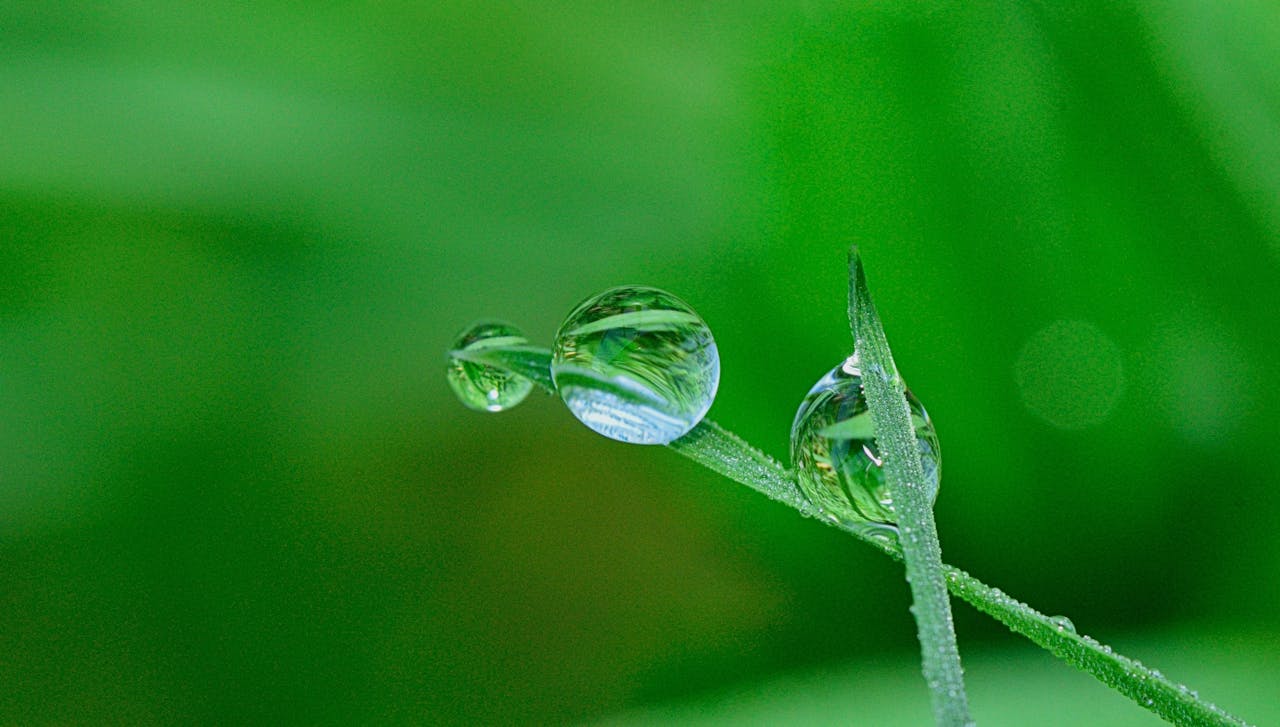Introduction
Water is a vital resource for all forms of life on Earth, playing a critical role in our health, agriculture, industry, and ecosystems. Ensuring the quality of water is essential for maintaining the health of both humans and the environment. This is where water testing laboratories come into play. These specialized labs are instrumental in monitoring water quality, detecting contaminants, and providing crucial data that supports environmental protection efforts. This article delves into the significant role water testing laboratories play in safeguarding our water resources and, by extension, the environment.
Importance of Water Quality
Water quality is essential for various reasons:
- Human Health: Contaminated water can lead to a range of health issues, including gastrointestinal illnesses, reproductive problems, and neurological disorders. Ensuring safe drinking water is critical for public health.
- Agriculture: Clean water is necessary for irrigation and livestock. Contaminants in water can affect crop yield and quality, as well as animal health.
- Ecosystems: Aquatic ecosystems rely on clean water to sustain diverse plant and animal life. Pollutants can disrupt these ecosystems, leading to loss of biodiversity.
- Industry: Many industrial processes require high-quality water. Contaminants can affect the quality of industrial products and processes, leading to economic losses.
Functions of Water Testing Laboratories
Water testing laboratories perform several critical functions that contribute to environmental protection:
- Monitoring and Surveillance
- Regular Testing: Laboratories conduct regular testing of water sources, including rivers, lakes, groundwater, and drinking water supplies. This helps in early detection of pollution and contaminants.
- Compliance Monitoring: They ensure that water meets regulatory standards set by government bodies such as the Environmental Protection Agency (EPA) and the World Health Organization (WHO).
- Identification of Contaminants
- Chemical Analysis: Laboratories test for chemical contaminants such as heavy metals (lead, mercury, arsenic), pesticides, and industrial chemicals.
- Microbiological Testing: They detect harmful microorganisms, including bacteria (E. coli, Salmonella), viruses, and protozoa, which can cause diseases.
- Physical Testing: Tests for physical parameters such as pH, turbidity, and temperature, which can affect water quality.
- Source Tracking
- Pollution Source Identification: By analyzing water samples, laboratories can identify the sources of pollution, whether from agricultural runoff, industrial discharges, or sewage leaks.
- Environmental Impact Assessments: They provide data that helps in assessing the impact of human activities on water quality and the broader environment.
- Public Health and Safety
- Drinking Water Safety: Testing ensures that drinking water is safe and free from harmful contaminants.
- Emergency Response: In the event of contamination or natural disasters, laboratories provide rapid testing to assess the safety of water supplies and guide emergency responses.
- Research and Development
- Innovation in Testing Methods: Laboratories are involved in developing new and improved methods for detecting contaminants, making testing more accurate and efficient.
- Environmental Research: They contribute to research on environmental issues, helping to develop strategies for pollution prevention and remediation.
Technologies and Methods in Water Testing
Water testing laboratories employ a variety of advanced technologies and methods to ensure accurate and reliable results:
- Spectroscopy: Techniques such as atomic absorption spectroscopy (AAS) and inductively coupled plasma mass spectrometry (ICP-MS) are used to detect and quantify trace elements and heavy metals.
- Chromatography: High-performance liquid chromatography (HPLC) and gas chromatography (GC) are used to separate and identify organic compounds and pollutants.
- Molecular Techniques: Polymerase chain reaction (PCR) and next-generation sequencing (NGS) are used for detecting and identifying microbial contaminants.
- Sensor Technologies: Advanced sensors and probes are used for real-time monitoring of water quality parameters such as pH, dissolved oxygen, and conductivity.
Contribution to Environmental Policies and Regulations
Water testing laboratories provide data that is crucial for the development and implementation of environmental policies and regulations:
- Regulatory Compliance: They help ensure compliance with water quality standards and regulations, preventing pollution and protecting public health.
- Policy Development: Data from water testing labs informs policymakers, helping to develop effective environmental policies and strategies.
- Public Awareness: Laboratories contribute to public awareness by providing transparent and accessible water quality data, empowering communities to take action.
Case Studies and Examples
- Flint Water Crisis: The role of water testing laboratories was highlighted during the Flint water crisis in Michigan, USA. Testing revealed elevated levels of lead in the drinking water, leading to widespread public health interventions and policy changes.
- Chesapeake Bay Restoration: Regular monitoring by water testing laboratories has been critical in the ongoing efforts to restore the Chesapeake Bay, one of the largest estuaries in the United States, by identifying pollution sources and tracking the effectiveness of cleanup efforts.
- Arsenic Contamination in Bangladesh: In Bangladesh, water testing laboratories have played a vital role in identifying and mitigating widespread arsenic contamination in groundwater, which affects millions of people.
Challenges and Future Directions
While water testing laboratories are crucial for environmental protection, they face several challenges:
- Resource Limitations: Many laboratories, especially in developing countries, lack the necessary resources and infrastructure for comprehensive water testing.
- Standardization: There is a need for standardized testing methods and protocols to ensure consistency and reliability of results across different laboratories.
- Emerging Contaminants: New contaminants, such as pharmaceuticals and microplastics, pose challenges for traditional testing methods, requiring ongoing research and development.
Conclusion
Water testing laboratories play an indispensable role in environmental protection by ensuring water quality and safety. Through regular monitoring, identification of contaminants, and supporting regulatory compliance, these laboratories help protect human health, ecosystems, and the broader environment. As challenges evolve and new contaminants emerge, the continued advancement and support of water testing laboratories will be essential for sustaining clean and safe water for future generations.


Leave a Reply